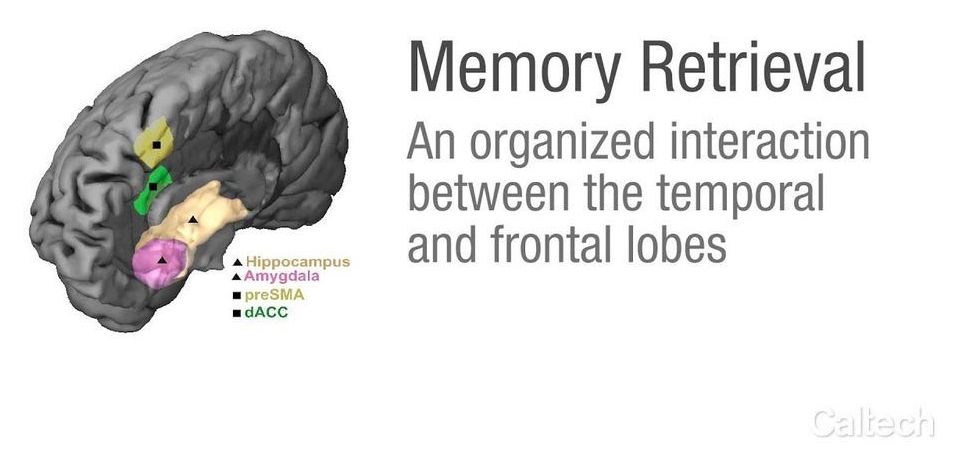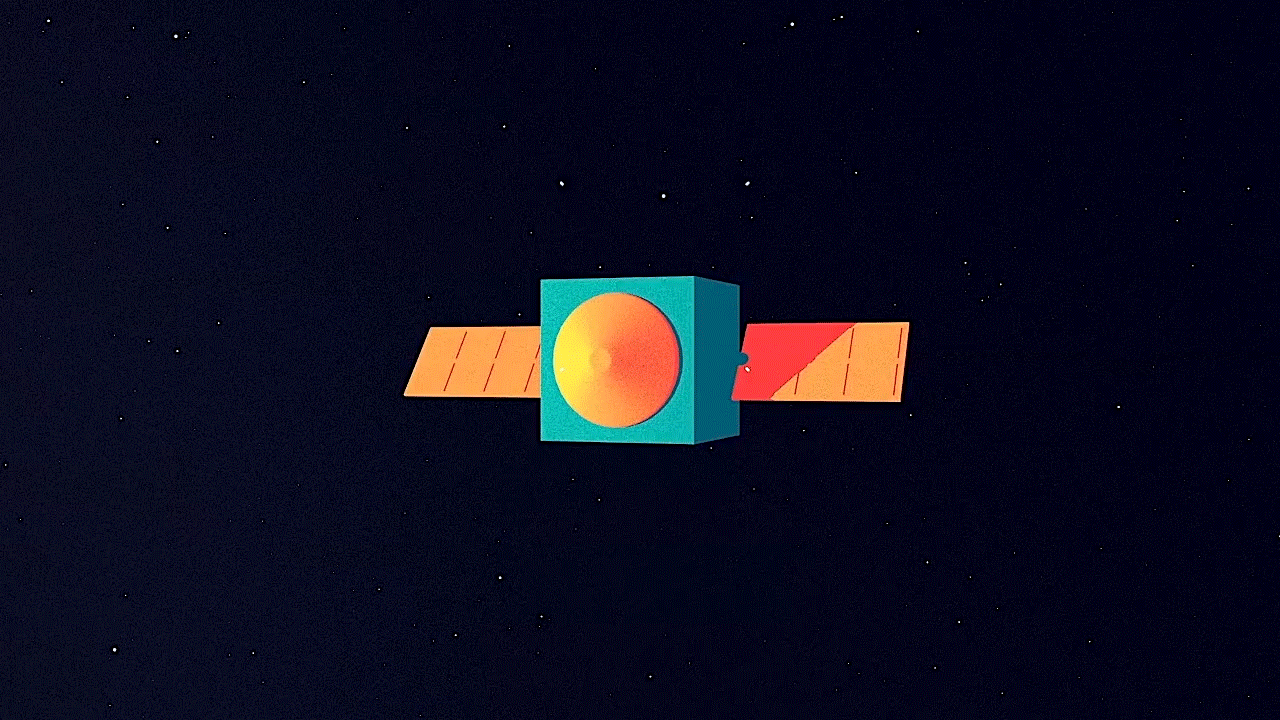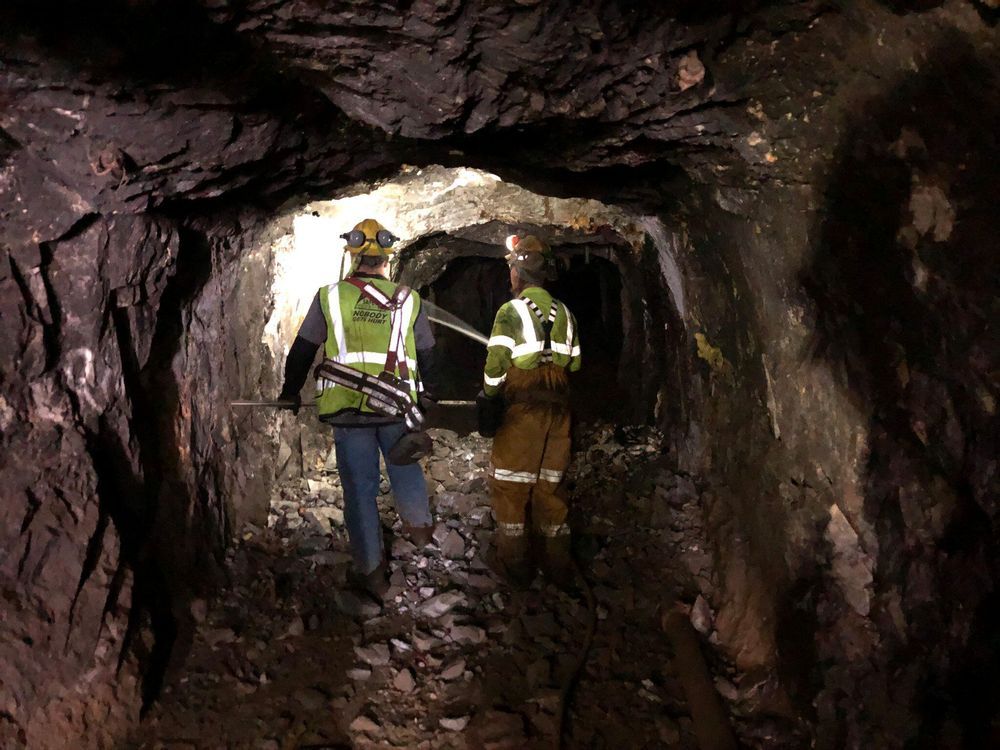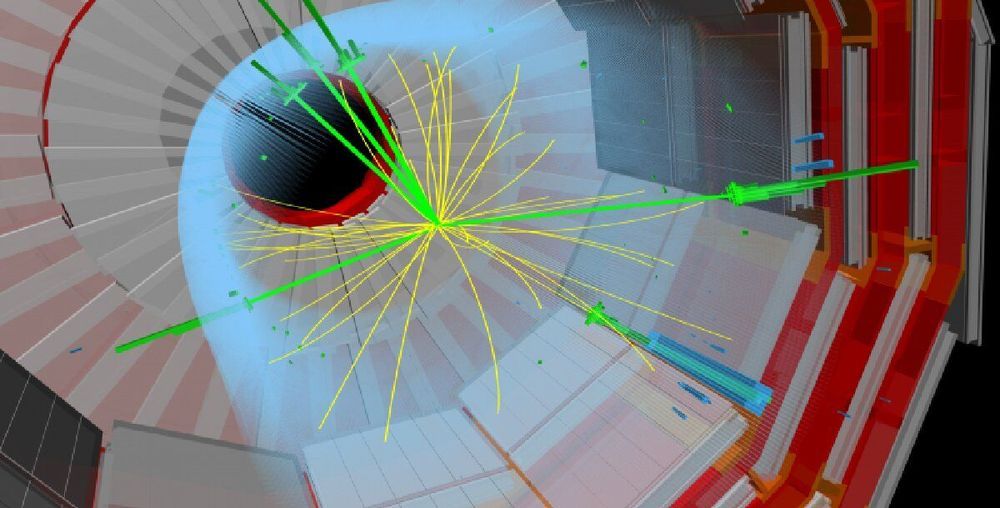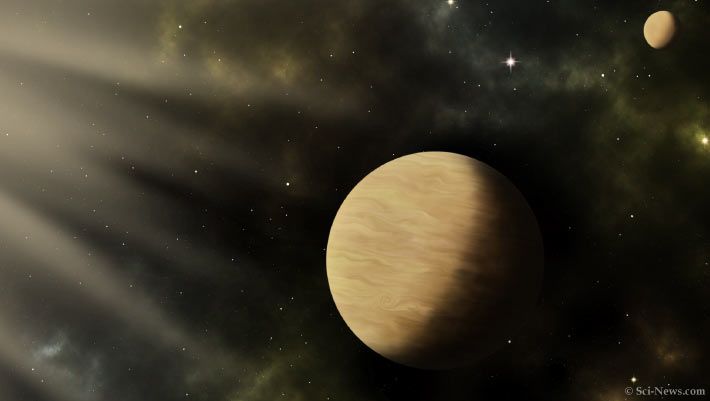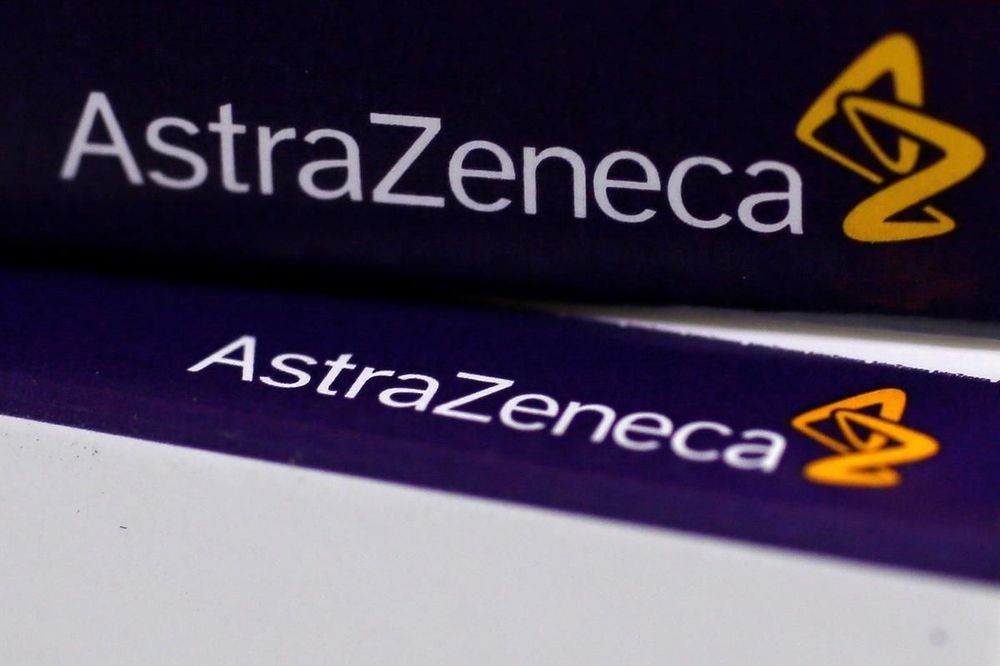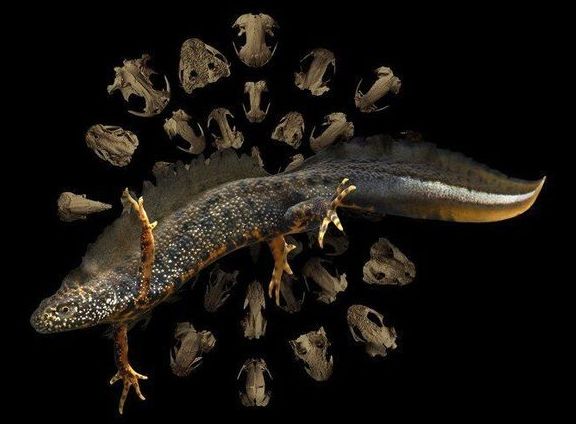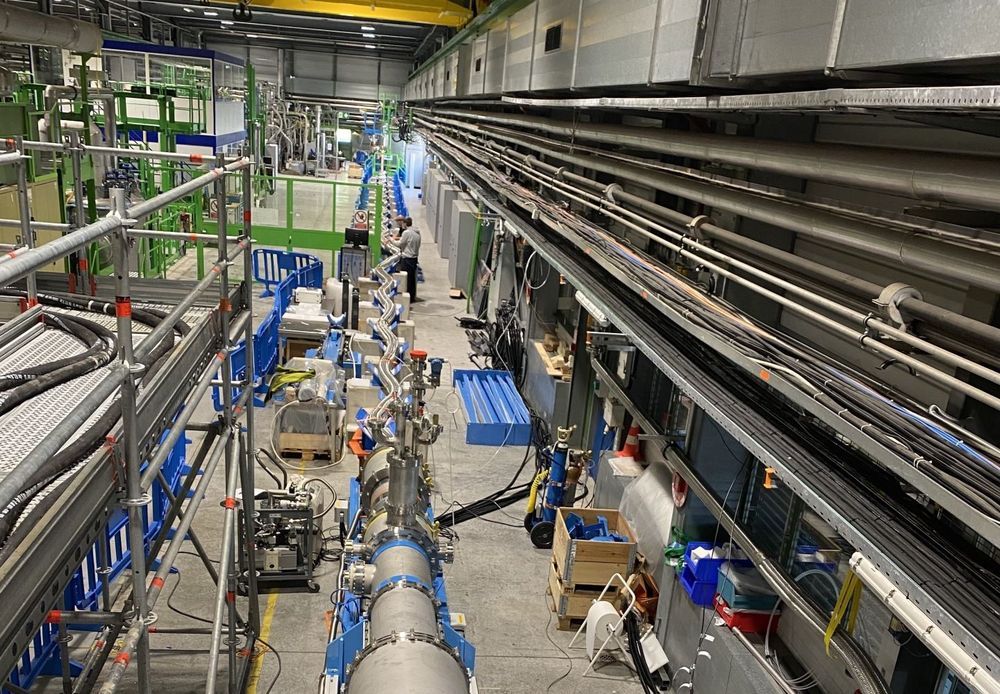Jun 26, 2020
‘Where are my keys?’ and other memory-based choices probed in the brain
Posted by Genevieve Klien in categories: biotech/medical, neuroscience
Summary: Study identifies a different set of individual neurons in the medial frontal cortex that is responsible for memory-based decision making. The findings have implications for the treatment of Alzheimer’s disease, schizophrenia, and other disorders associated with problems in cognitive flexibility.
Source: CalTech
Continue reading “‘Where are my keys?’ and other memory-based choices probed in the brain” »
